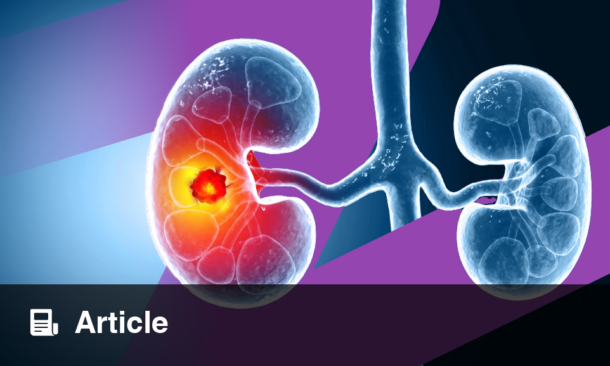ACCURATE detection of lymph node metastases is essential in guiding treatment for microsatellite instability–high (MSI-H) colon cancer, which is often associated with deficient mismatch repair and a strong response to immunotherapy. However, conventional imaging methods, particularly standard CT-based clinical lymph node staging (cN), frequently fall short in sensitivity and reliability. A recent retrospective study aimed to investigate whether CT-derived lymph node distribution patterns could improve diagnostic accuracy for metastasis and predict treatment outcomes more effectively. A key finding was that the distribution-based clinical node staging (dcN) model achieved nearly double the accuracy of standard cN staging.
Researchers retrospectively analysed data from 368 patients with MSI-H colon cancer across two academic centres. Patients were divided into development (n=230), test (n=86), and treatment (n=52) cohorts, all having undergone pretreatment CT scans and radical surgery. Investigators examined lymph node features on imaging, focusing on distribution patterns such as vascular location, jammed clusters, and partial fusion. These features were evaluated for their association with pathologically confirmed lymph node metastases (pN+). A new staging model (dcN) was created based on the most predictive patterns and tested for diagnostic performance, interobserver reliability, and prognostic value in patients receiving neoadjuvant immunotherapy.
In the test cohort, the dcN model demonstrated significantly greater accuracy (90% vs 46%, p<0.001) and specificity (97% vs 26%, p<0.001) compared with conventional cN staging. The presence of jammed clusters and partial fusion patterns were highly predictive of metastatic involvement, with odds ratios [ORs] of 78.9 and 21.5, respectively (both p<0.001). Interobserver agreement was also improved for dcN (κ = 0.67) compared to cN (κ = 0.48). Furthermore, in the neoadjuvant treatment group, dcN status strongly correlated with complete response to immunotherapy (OR 0.05; p<0.001), underscoring its potential for guiding treatment strategy.
This study highlights the clinical utility of incorporating CT-based lymph node distribution patterns into staging protocols for MSI-H colon cancer. The improved diagnostic accuracy and predictive value of dcN could enhance surgical planning and immunotherapy selection. However, the retrospective design and moderate interobserver variability warrant further prospective validation. In clinical practice, adoption of pattern-based CT interpretation may represent a simple yet powerful shift in managing MSI-H colon cancer.
Reference
Guan Z et al. Predicting Regional Lymph Node Metastases at CT in Microsatellite Instability–High Colon Cancer. Radiology. 2025;DOI: 10.1148/radiol.242122.








